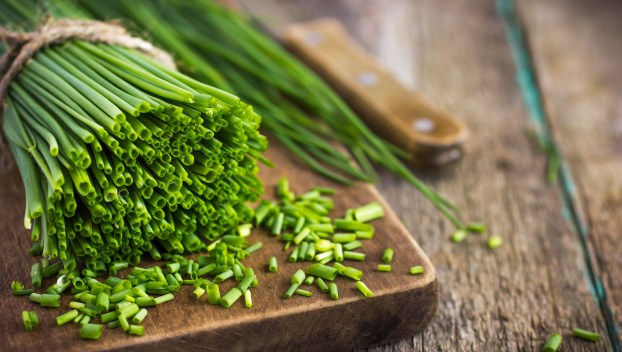Columns
ONE GARDENER TO ANOTHER: Tarragon is magnifique
Last week, I wrote about basil, the herb that we have dubbed the king of the herbs. Well, ... Read more
Last week, I wrote about basil, the herb that we have dubbed the king of the herbs. Well, ... Read more
A few days ago, I harvested the last leaves off of my basil plant and, since it’s an ... Read more

There aren’t many herbs that I would label as iron-clad, but if I had to pick one, it ... Read more